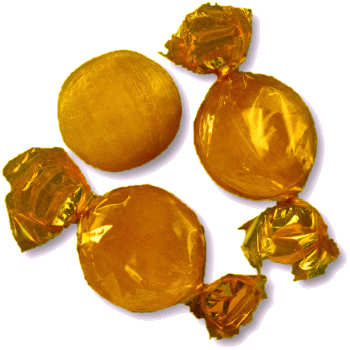




WELCOME TO An Entertainment Site for Scottish Country Dancers - Enjoy the curated selection of theme-related dances for celebrations and holidays, or find a dance associated with a special calendar day, or EVEN your own birthday!
Birthday of James Clerk Maxwell
Jun 13
Other Scottish Country Dances for this Day
Today's Musings, History & Folklore
"At quite uncertain times and places,
The atoms left their heavenly path,
And by fortuitous embraces,
Engendered all that being hath.
And though they seem to cling together,
And form 'associations' here,
Yet, soon or late, they burst their tether,
And through the depths of space career."
~James Clerk Maxwell (1831-1879)
Who knew? Famed mathematical physicist James Clerk Maxwell had a well-documented talent for clever, whimsical verse, and often wrote humorous or philosophical poetry to accompany his scientific thought!
This dance was commissioned by the Orkney International Science Festival in 2012 to celebrate the life of physicist James Clerk Maxwell (1831–1879) who is best known for unifying the theories of electricity and magnetism and showing that light is an electromagnetic wave. Maxwell would no doubt have appreciated the honor as in his younger years, documented in "The Life of James Clerk Maxwell" (1882) by Lewis Campbell and William Garnett, it’s noted that Maxwell took part in Edinburgh society gatherings, where dancing was a common feature.
His time at Cambridge also included participation in social clubs and events, some of which involved dancing. Though known for his introversion and intense intellect, Maxwell was not socially aloof and had a whimsical, often mischievous, sense of humor.
Maxwell's equations for electromagnetism have been called the "second great unification in physics"(after the first one realised by Isaac Newton) and helped to usher in the era of modern physics, laying the foundation for the fields of special relativity and quantum mechanics.
This 128 bar medley for 8 couples (!), a strathspey and reel gives everyone a chance to manifest their fundamental particles and reel about in electromagnetic wave formations! 🖤 🤍 🖤 ⚛️ ⚛️ ⚛️
Maxwell's Waves
James Clerk Maxwell (13 June 1831 – 5 November 1879) was a Scottish scientist in the field of mathematical physics. Amongst his many notable achievements, his most notable namesake achievement was to formulate the classical theory of electromagnetic radiation, bringing together for the first time electricity, magnetism, and light as different manifestations of the same phenomenon.
His discoveries helped usher in the era of modern physics, laying the foundation for such fields as special relativity and quantum mechanics.
Amongst his many other interests, Maxwell made a study of colour vision and published at intervals a series of investigations concerning the perception of colour, colour-blindness, and colour theory.
Isaac Newton had demonstrated, using prisms, that white lights, such as sunlight, are composed of a number of monochromatic components which could then be recombined into white light.
Maxwell was interested in applying his theory of colour perception, namely in colour photography. Stemming directly from his psychological work on colour perception: if a sum of any three lights could reproduce any perceivable colour, then colour photographs could be produced with a set of three coloured filters.
In the course of his 1855 paper, Maxwell proposed that, if three black-and-white photographs of a scene were taken through red, green and blue filters and transparent prints of the images were projected onto a screen using three projectors equipped with similar filters, when superimposed on the screen the result would be perceived by the human eye as a complete reproduction of all the colours in the scene.
During an 1861 Royal Institution lecture on colour theory, Maxwell presented the world's first demonstration of colour photography by this principle of three-colour analysis and synthesis. Thomas Sutton, inventor of the single-lens reflex camera, took the picture. He photographed a tartan ribbon three times, through red, green, and blue filters, also making a fourth photograph through a yellow filter, which, according to Maxwell's account, was not used in the demonstration.
And for more on his life and many achievements, click the tartan ribbon for a humorous 5 minute video!
Click the dance cribs or description below to link to a printable version of the dance!



